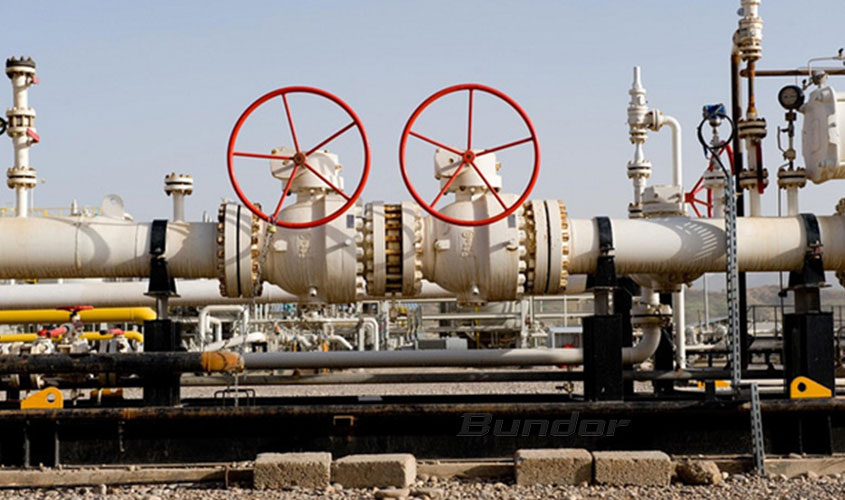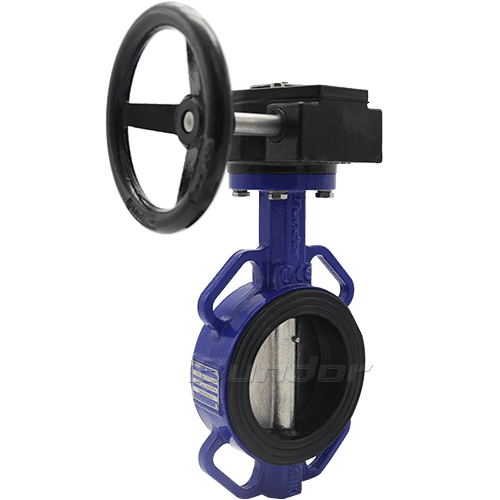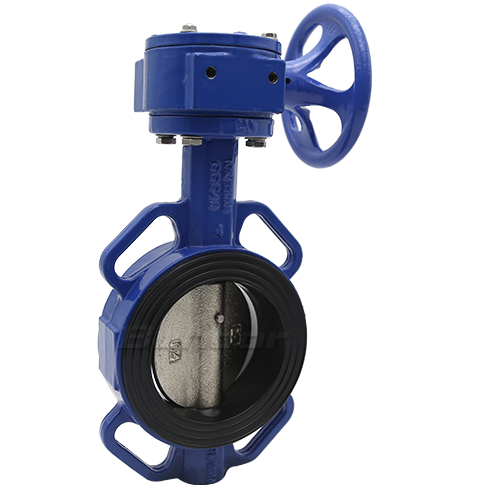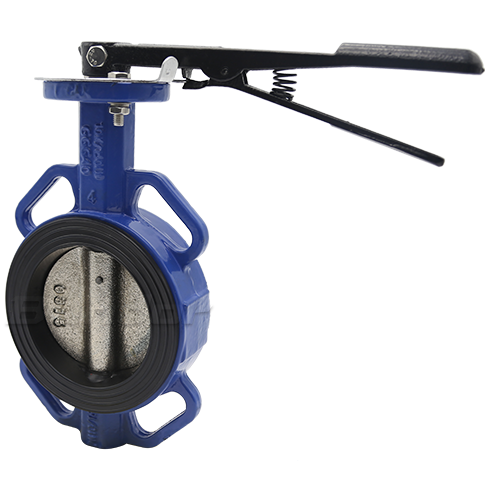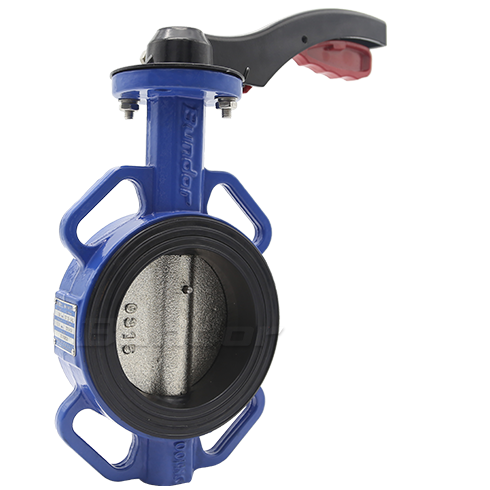Both gate and butterfly valves are two very common valves. The two have great differences in their own structure and usage methods, and in adapting to working conditions. This article will help users to better understand the difference between gate valve and butterfly valve, so as to better help users to select the valve.
Before explaining the difference between the gate valve and the butterfly valve, let's take a look at the respective definitions of the two. Maybe from the definition, you can find the difference between the two carefully.
Gate valves, as the name suggests, can cut off the medium in the pipeline like a gate. It is a valve that we use in production and life. The opening and closing part of the gate valve is called a gate, and the gate is used for lifting movement. The direction of movement of the shutter is perpendicular to the direction of flow of the medium in the fluid line. The gate valve is a kind of cut-off valve, which can only be fully open or fully closed, and the flow cannot be adjusted.
Butterfly valve, also known as flap valve. Its opening and closing member is a disc-shaped disc which is fixed on the valve stem and rotates around the stem valve shaft to open and close. The direction of movement of the butterfly valve is to rotate in place, and it only needs to be rotated 90° from full opening to full closing. In addition, the butterfly valve itself does not have self-locking capability. It needs to install a turbine reducer on the valve stem. With it, the butterfly plate has self-locking capability and can also improve the operation performance of the butterfly valve.
Understand the definition of gate valve and butterfly valve, the following describes the difference between gate valve and butterfly valve:
1. The difference in athletic ability
In the above definition, we understand the difference between the movement direction and the movement mode of the gate valve and the butterfly valve. In addition, since the gate valve can only be fully open and fully closed, the flow resistance of the gate valve is smaller in the fully open state; In the fully open state, the thickness of the butterfly valve creates resistance to the flow medium. In addition, the opening height of the gate valve is high, so the opening and closing speed is slow; and the butterfly valve can be opened and closed only by rotating 90°, so the opening and closing is rapid.
2. The difference between function and use
The sealing performance of the gate valve is good, so it is often used in pipelines that require strict sealing and does not require frequent repeated switching, and is used to cut off the circulating medium. The gate valve cannot be used for regulating the flow rate. In addition, because the opening and closing speed of the gate valve is slow, it is not suitable for the pipeline that needs emergency shutoff. The use of butterfly valves is relatively more extensive, and the butterfly valve can not only be used for truncation, but also has the function of adjusting the flow rate. In addition, the butterfly valve opens and closes quickly, and can also be frequently opened and closed, especially suitable for occasions requiring quick opening or cutting.
Butterfly valves are smaller in size than gate valves and lighter than gate valves, so in some environments where installation space is limited, a more space-saving wafer type butterfly valve is recommended. Among large-diameter valves, butterfly valves are the most used, and butterfly valves are also recommended for transporting medium pipes containing small particles of impurities.
Butterfly valves have gradually replaced other types of valves in many operating conditions, making them the first choice for many users.
3. The difference in price
Under the same pressure and the same caliber, the price of the gate valve is higher than that of the butterfly valve. However, the diameter of the butterfly valve can be made very large, and the price of the large-diameter butterfly valve is not cheaper than the gate valve.



